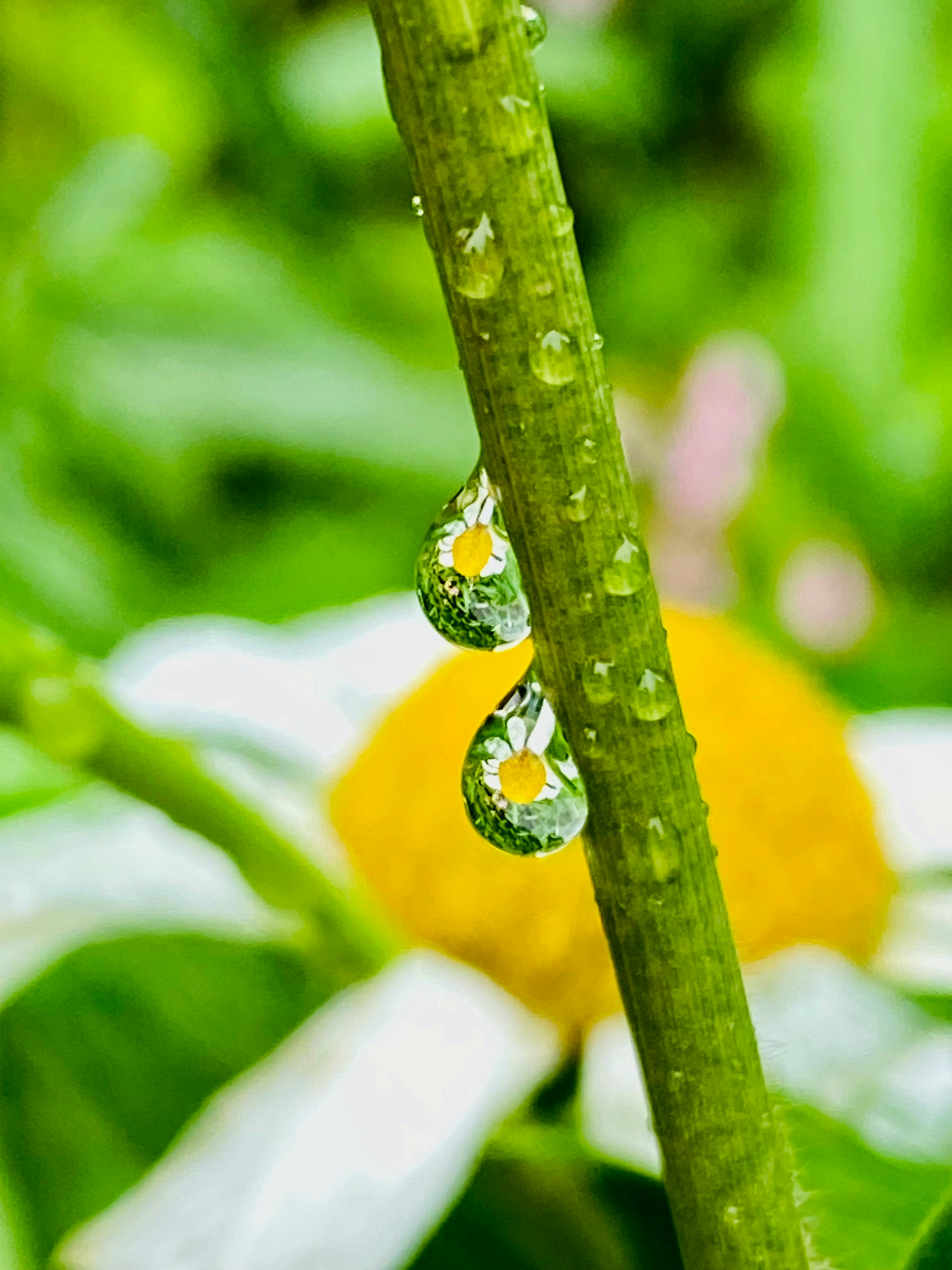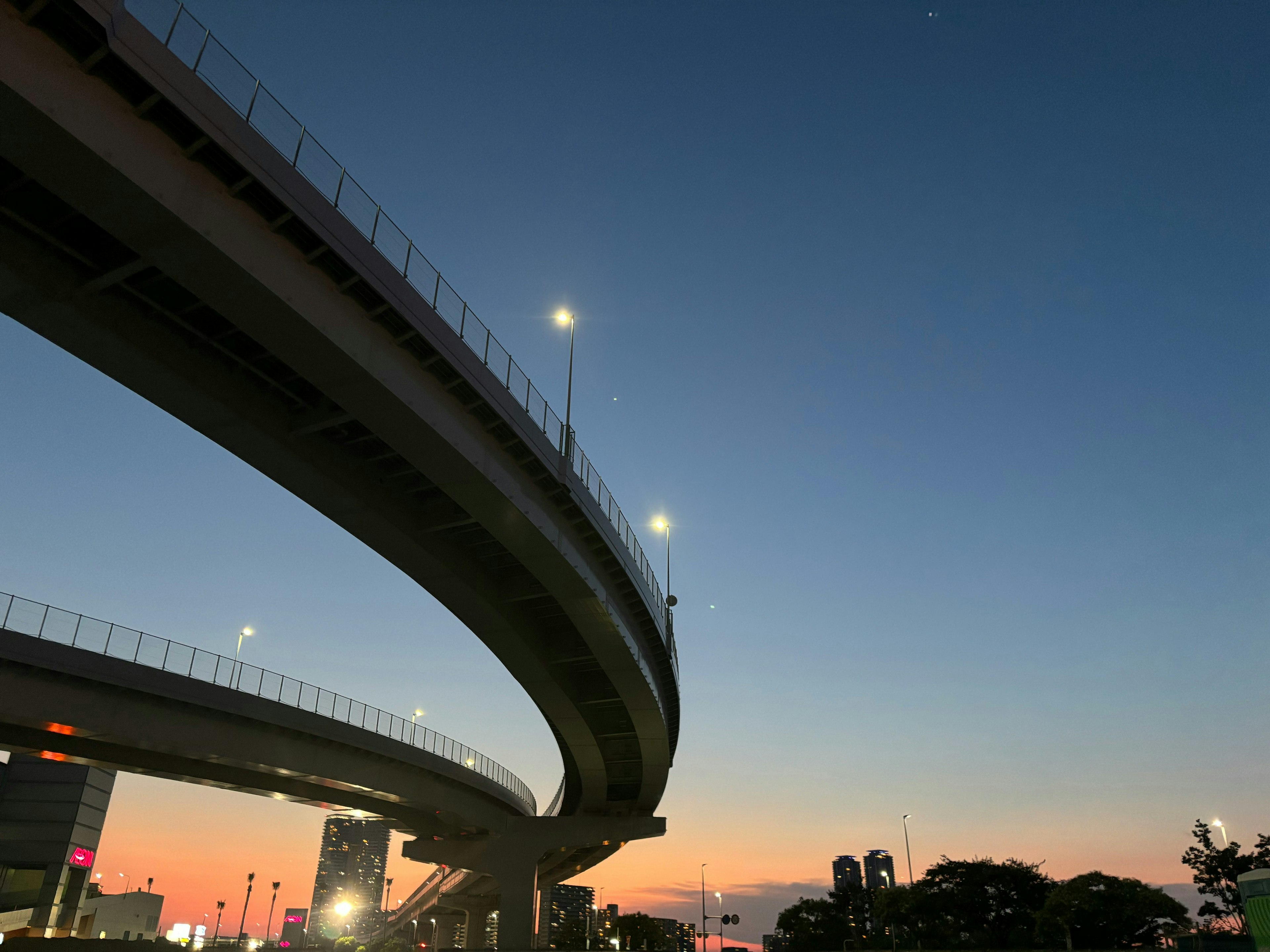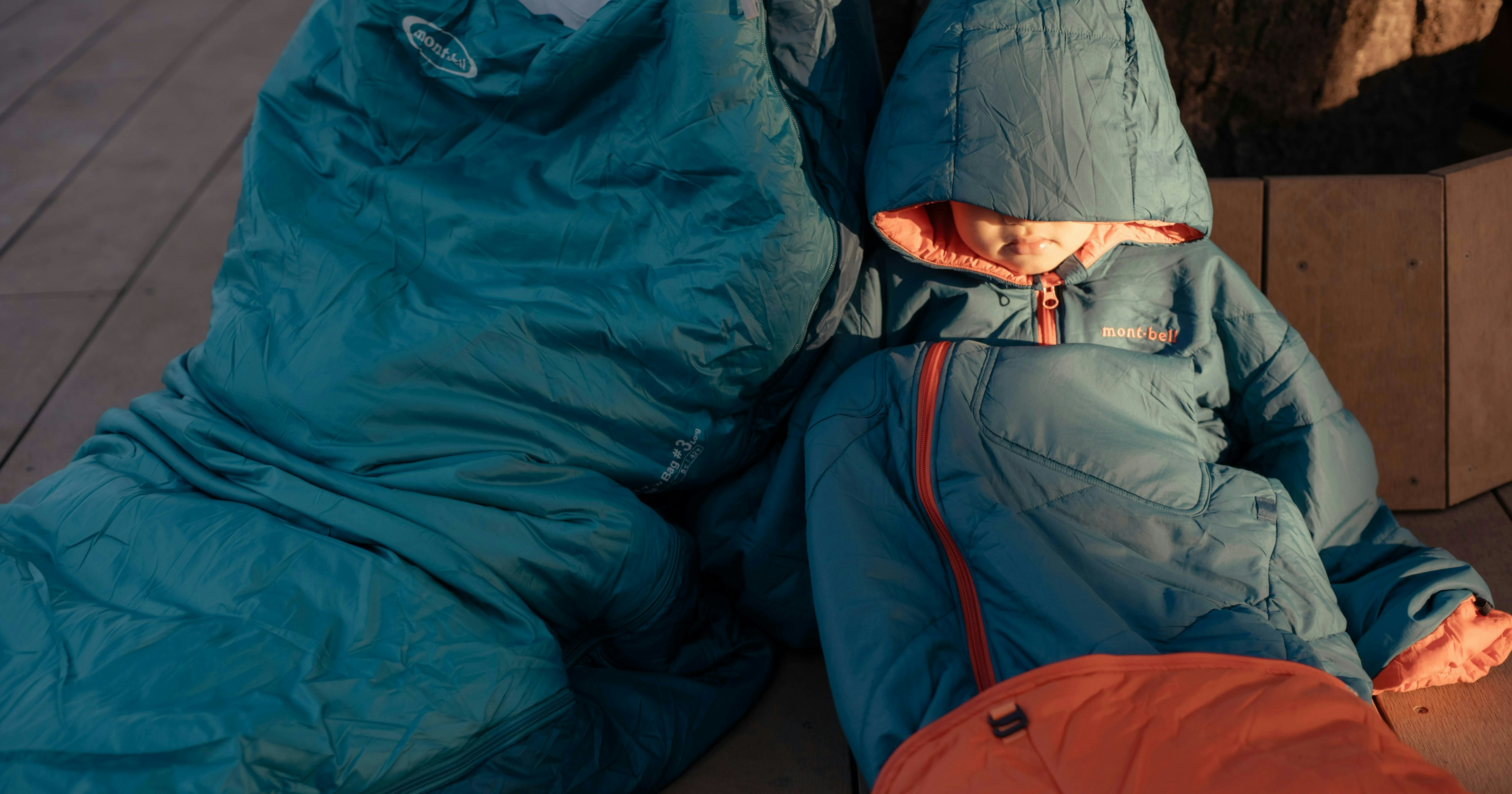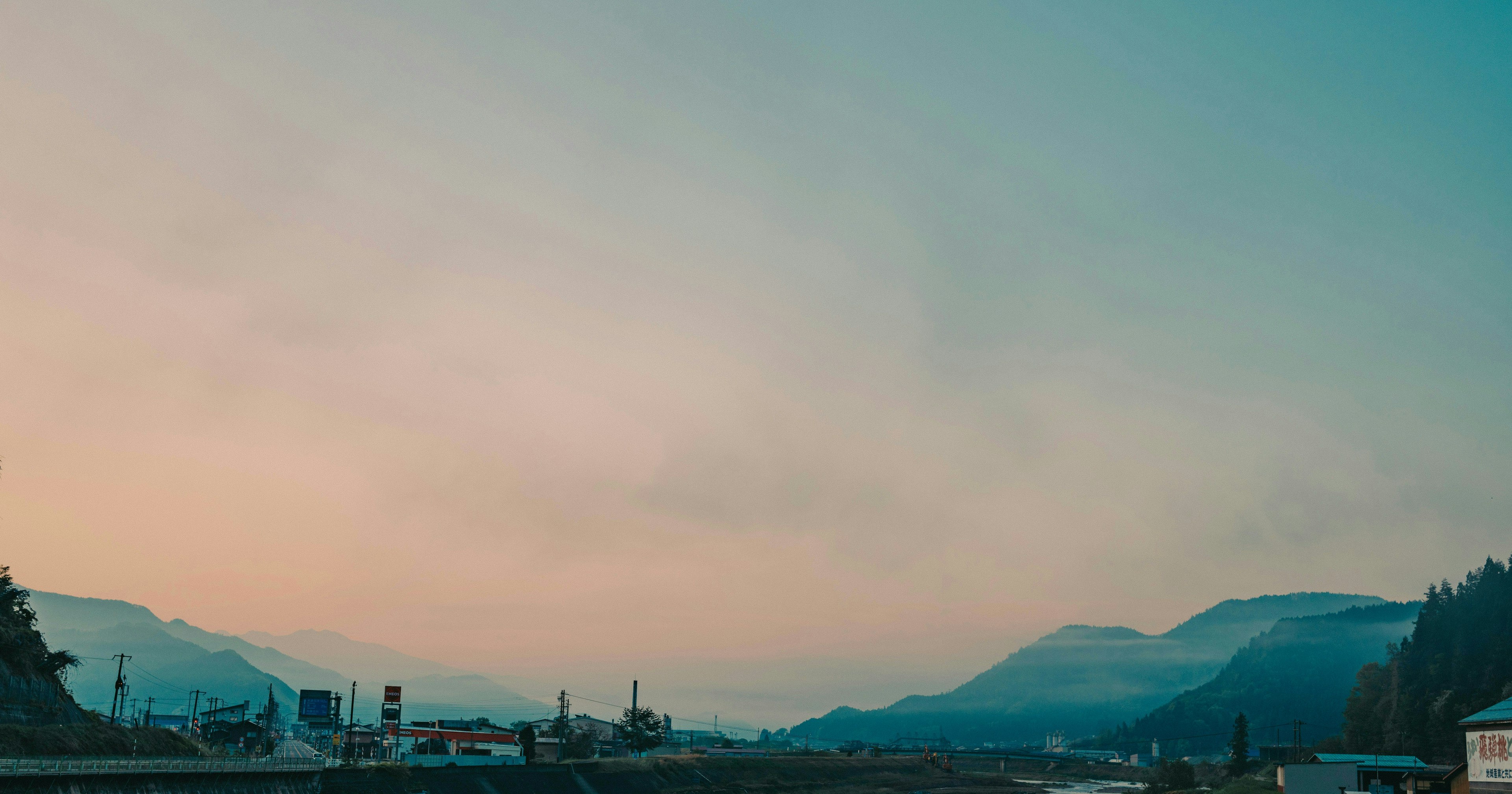
Cover photo by はくらく
在攝影中扮演重要角色的「取景器」。從初學者到專業人士,是否曾經困惑該用哪隻眼睛看?
其實這個選擇因相機設計和主眼的個人差異而異。這次,我們將介紹一些提示,幫助您找到適合自己的拍攝風格。

Photo by 雷道輝一
主眼是關鍵!找到適合自己的取景器使用方法
「主眼」是指優先處理視覺信息的眼睛。簡單的檢查方法是通過手指做成的圈觀察遠處的物體,然後閉上一隻眼睛。位置不變的那隻眼睛就是主眼。
大多數相機設計是以右眼使用為主,但也可以用左眼觀察。了解主眼可以讓您更舒適地享受拍攝。
根據拍攝場景選擇「右眼派」和「左眼派」
用右眼觀察時,左眼可以確認周圍的情況。特別適合快拍、運動、動物攝影等動態主題。

Photo by DaDa
另一方面,使用左眼時右眼被遮住,較不受周圍影響,便於專注於風景或靜物拍攝。嘗試不同的方法,選擇適合自己風格的方式。
活用取景器視角的技巧
最終重要的是「習慣」和「安心感」。無論主眼如何,拍攝時牢牢握住相機並注意周圍環境很重要。
此外,利用背面液晶可以更靈活地切換視角。捕捉拍攝過程中的安全性和框架外的變化能提高照片的質量。



